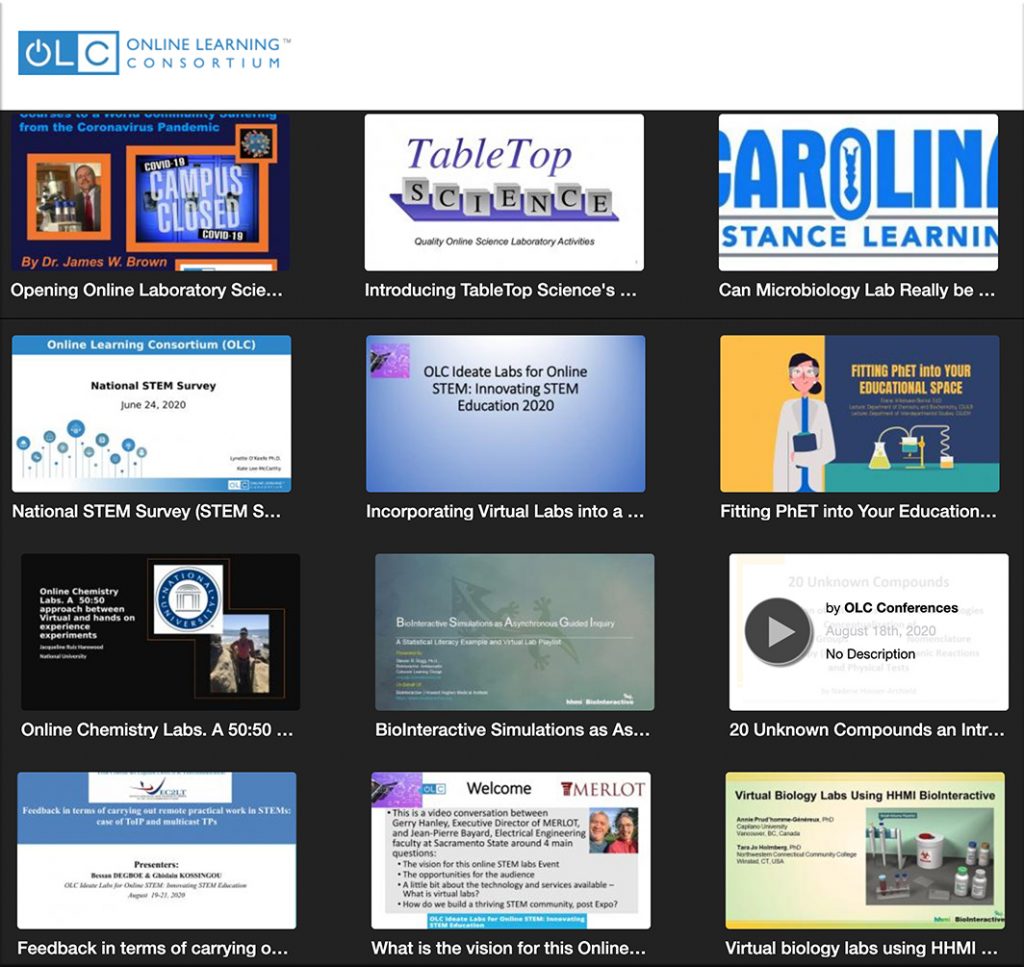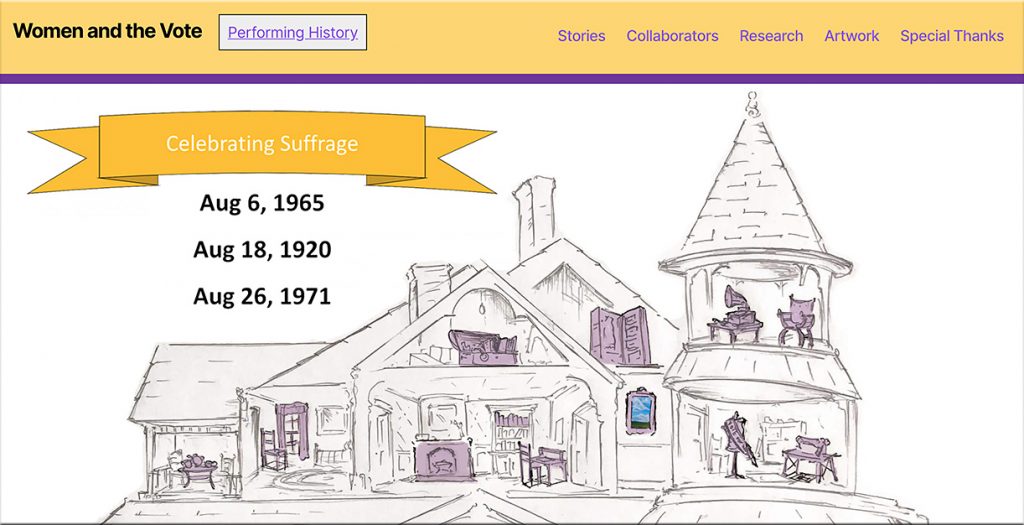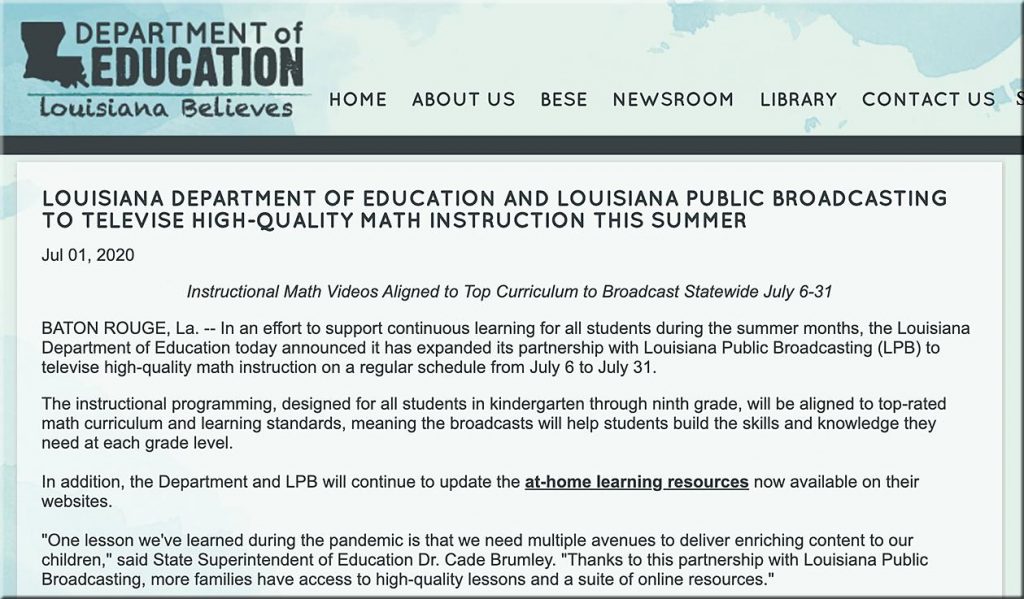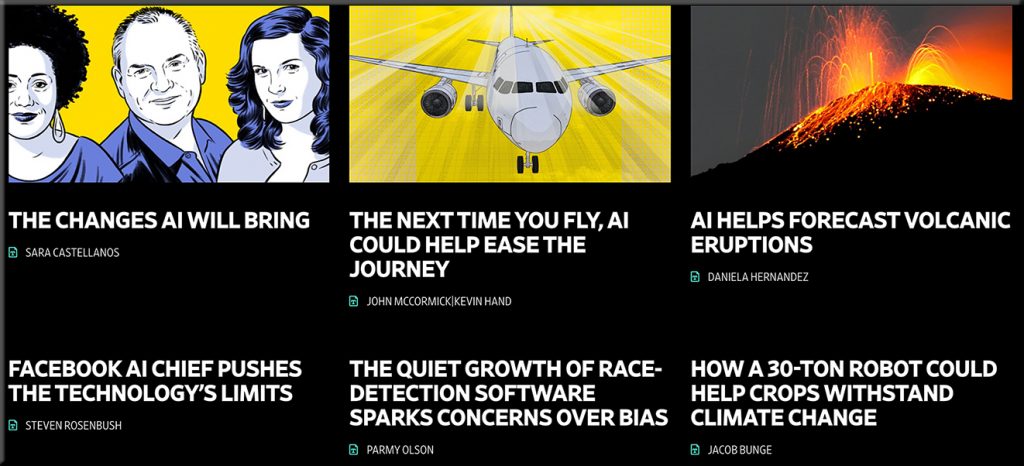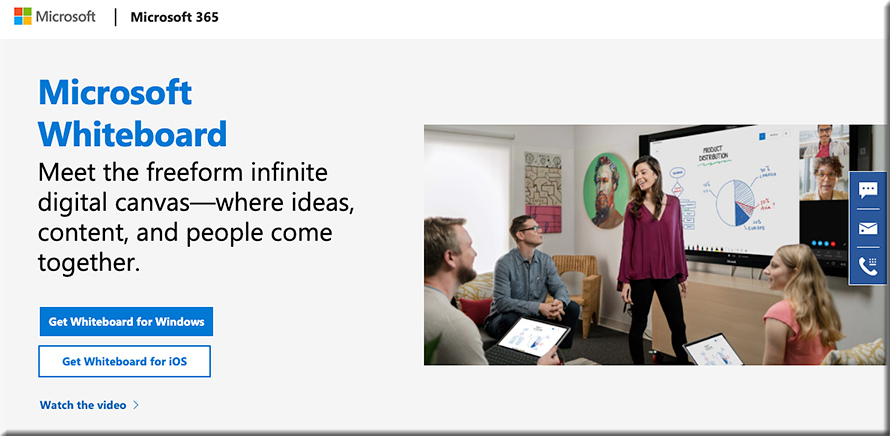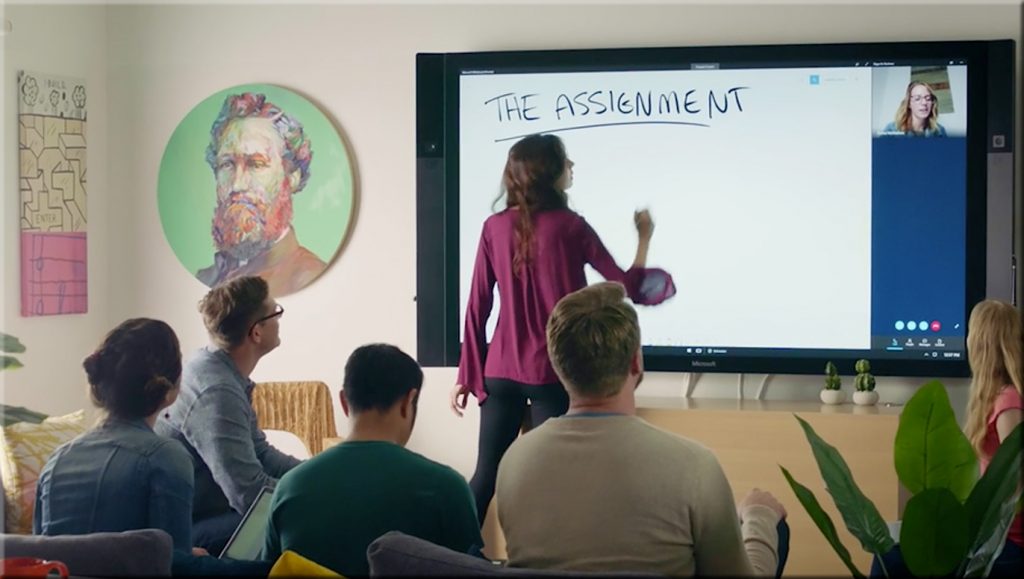Moody’s: Coronavirus is accelerating shift to online education — from educationdive.com by Natalie Schwartz
Dive Brief:
- The pandemic will hasten a transformation of higher education business models, according to a new Moody’s Investors Service report.
- The crisis will accelerate many colleges’ plans to grow their online footprints, though not all schools have the resources to invest in digital infrastructure, the report notes. They will also likely expand non-degree and certificate programs.
- Analysts predict that once the pandemic subsides, some colleges will struggle if they haven’t established a strong online presence.
“Some universities previously resistant to change will have to take more expansive steps to adapt to this transformation,” Pranav Sharma, assistant vice president at Moody’s, said in a statement. “Not all universities, however, have the resources or culture to move quickly and the coronavirus will expedite existential threats for some.”
Also see:
Active Learning while Physically Distant — from blogs.acu.edu
Excerpt:
- Use a Google Form as an entrance or exit ticket. Upon entering class, a quick google form can engage students with a couple of quick questions. A google form as an exit ticket can provide good insight into student learning that day.









